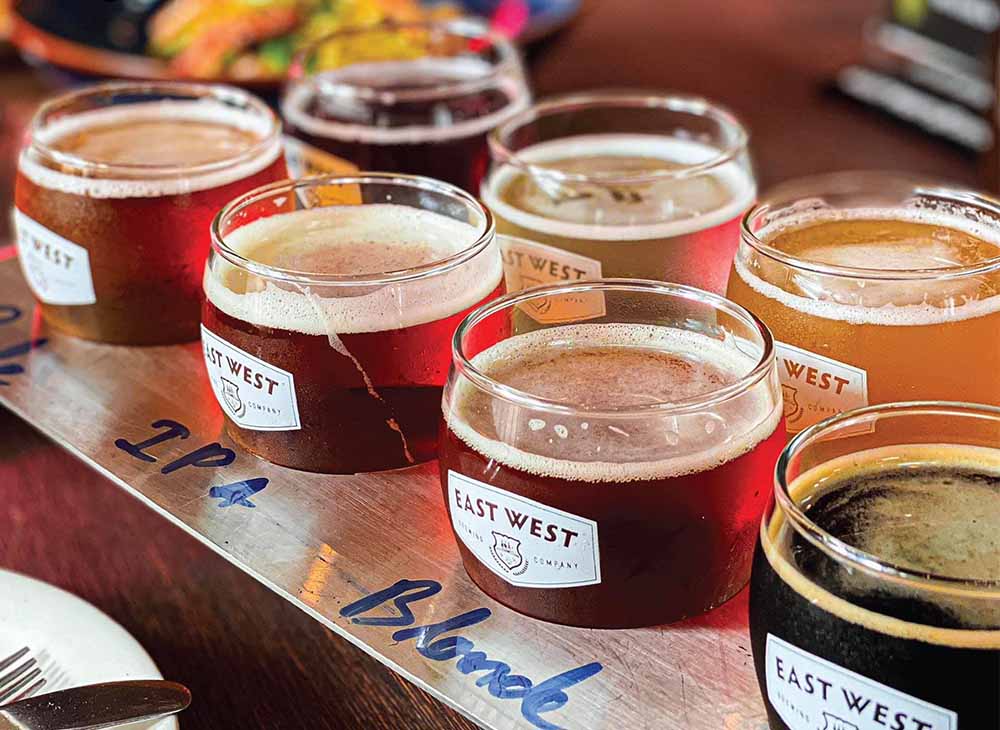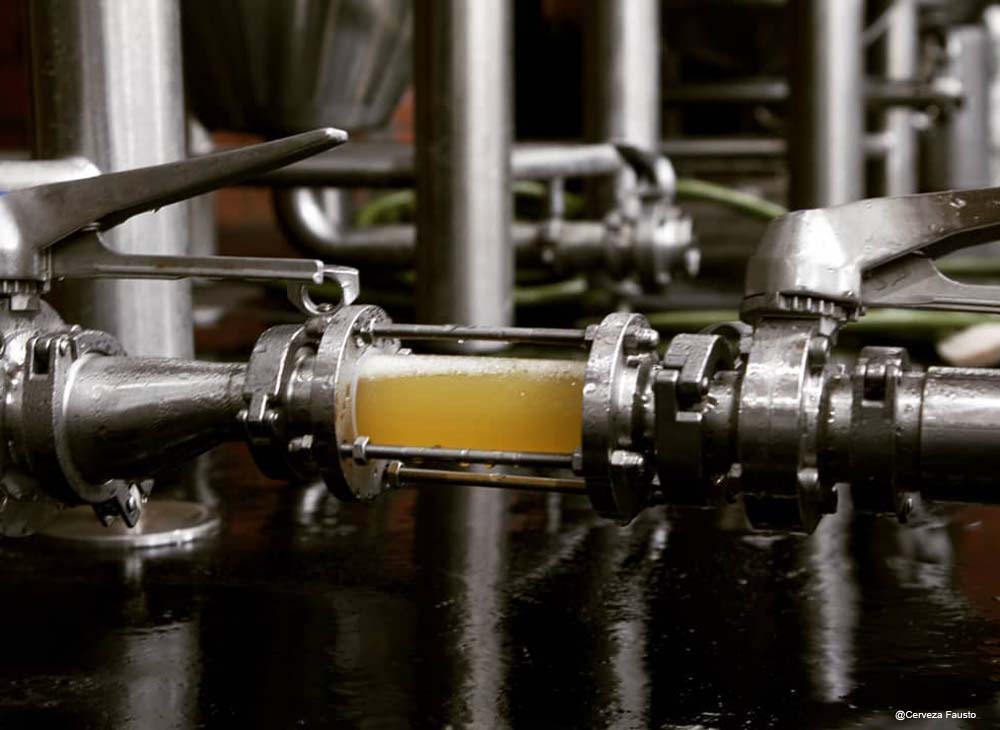Malt-Crushing Methods for Microbrewery
- Aug 20, 2021
- 61
- tiantai
As with most Brewery equipment, the gear you choose when giving your malts the old smashy-smashy is limited only by your needs, budget, and imagination.
You can go super low-tech and grab a rolling pin. You can grab the family coffee grinder or a food processor. You can even give your maltser a run for their money by setting up a grain or roller mill at home. Tiantai brewtech bring you to know more about malt crushing methods.
Rolling Pin, Hidden Malt
If you like to spice up your homebrew with some elbow grease, you just need to crush specialty grains, or you’re on a budget, a rolling pin might be your new weapon of choice.
All you really need is a resealable plastic bag, your grains, and your new best friend, the rolling pin. Maybe give it a nickname. We like to call ours Smash Graindicoot.
Put the grain in zip-close bag, and roll it until it’s suitably crushed. If this is your primary method of crushing malts, you might want to invest in a marble rolling pin. Grains can be tough little nuggets and may dent a wooden rolling pin.
This method is especially good for specialty grains, since they’re steeped in the kettle with the wort and adding flavors, color and other characteristics instead of fermentables.
.jpg)
Grain Mills
If you’re all-grain brewing, consider an upgrade from the rolling pin. A coffee grinder and food processor are certainly handy and relatively affordable. But they also tend to pulverize the grain and shred your husks. Unless you’re using the brew in a bag mash style, your best bet is a mill.
You can bring your malts down to size with either a grain mill, also called a flour mill, or a roller mill. Grain mills work by crushing the grain between two plates that rotate against one another while they’re turned, either by hand or electronically.
You can get grain mill, but they do have a tendency to break the husks into small particles along with the rest of the grain. And since smaller husk particles mean less flow through the grain bed, you’re on the road to a potential stuck sparge if you over-mill your grains.
One way to compensate for this is to simply spend a few dollars extra on a bit more malt. Using more grain will compensate for the reduced amount of starches released by the grain during the mash.
Roller Mills
If you’re not nuts about the idea of padding your grain budget, a roller mill is for you. With roller mills, the grain passes through two to three cylinders as they turn. The husks are crushed and torn away, remaining mostly intact. Kernels are broken into bits by the rollers. This helps you achieve that “Goldilocks blend,” balancing grist and flours of various texture and achieving an optimal yield.
The space between the rollers can adjusted based on the grain size of the particular malt you’re using. A useful rule of thumb for crushing malts is to set your rollers at or near .038 in. (.965 mm) apart. This is just a little bit bit thicker than a standard credit card.
One potential drawback of a roller mill compared to other options is cost. If you don’t want to shell out the cash for a roller mill, your local homebrew shop may have one you can use. And if you’re in a hurry, they’ll may even do it for you if you ask.
You can go super low-tech and grab a rolling pin. You can grab the family coffee grinder or a food processor. You can even give your maltser a run for their money by setting up a grain or roller mill at home. Tiantai brewtech bring you to know more about malt crushing methods.
Rolling Pin, Hidden Malt
If you like to spice up your homebrew with some elbow grease, you just need to crush specialty grains, or you’re on a budget, a rolling pin might be your new weapon of choice.
All you really need is a resealable plastic bag, your grains, and your new best friend, the rolling pin. Maybe give it a nickname. We like to call ours Smash Graindicoot.
Put the grain in zip-close bag, and roll it until it’s suitably crushed. If this is your primary method of crushing malts, you might want to invest in a marble rolling pin. Grains can be tough little nuggets and may dent a wooden rolling pin.
This method is especially good for specialty grains, since they’re steeped in the kettle with the wort and adding flavors, color and other characteristics instead of fermentables.
.jpg)
Grain Mills
If you’re all-grain brewing, consider an upgrade from the rolling pin. A coffee grinder and food processor are certainly handy and relatively affordable. But they also tend to pulverize the grain and shred your husks. Unless you’re using the brew in a bag mash style, your best bet is a mill.
You can bring your malts down to size with either a grain mill, also called a flour mill, or a roller mill. Grain mills work by crushing the grain between two plates that rotate against one another while they’re turned, either by hand or electronically.
You can get grain mill, but they do have a tendency to break the husks into small particles along with the rest of the grain. And since smaller husk particles mean less flow through the grain bed, you’re on the road to a potential stuck sparge if you over-mill your grains.
One way to compensate for this is to simply spend a few dollars extra on a bit more malt. Using more grain will compensate for the reduced amount of starches released by the grain during the mash.
Roller Mills
If you’re not nuts about the idea of padding your grain budget, a roller mill is for you. With roller mills, the grain passes through two to three cylinders as they turn. The husks are crushed and torn away, remaining mostly intact. Kernels are broken into bits by the rollers. This helps you achieve that “Goldilocks blend,” balancing grist and flours of various texture and achieving an optimal yield.
The space between the rollers can adjusted based on the grain size of the particular malt you’re using. A useful rule of thumb for crushing malts is to set your rollers at or near .038 in. (.965 mm) apart. This is just a little bit bit thicker than a standard credit card.
One potential drawback of a roller mill compared to other options is cost. If you don’t want to shell out the cash for a roller mill, your local homebrew shop may have one you can use. And if you’re in a hurry, they’ll may even do it for you if you ask.




.jpg)